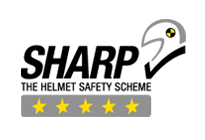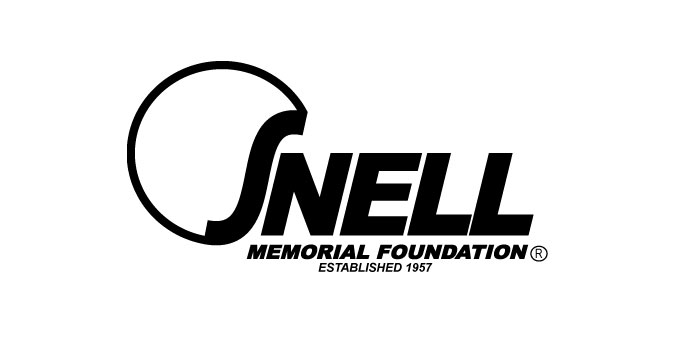
The SHARP crash helmet testing scheme was introduced in the UK in 2007 to try and link real-world accident research data to a repeatable scientific and lab-based approach to crash helmet safety testing and output their results in a simple format that we, the buying public, can understand. And while there may be detractors to the ‘real world’ nature of the SHARP test (there always will be) and the fact that it inevitably focuses on helmets on sale within the UK it can help US buyers make an informed choice as to the safety of our new helmets as well as folks in the EU.
Before the SHARP test, we had no idea whether a $50 Banzai helmet will resist the smearing of your memories down Route 1 better or worse than a $800 Arai or Shoei. Now, at least, we can have a comparative view between the two and can make our buying decision fully furnished with the facts.
Of course, all crash helmets have to be approved at their point of manufacture. They have to certify they’re DOT compliant in the US (and be subjected to random batch testing to confirm they’re up to standard) and ECE 22.05 testing in Europe.
It’s also worth noting that helmets imported into the US can differ from the versions on sale in Europe and elsewhere. Meaning that a SHARP score might not be relevant to a US helmet.
But the guys at SHARP devised a cunning scheme to uniformily test the impact-resistance, the shock absorption levels (i.e. the amount of shock passed to the head and brain) and the frictional and rotational properties of different crash helmets to allow us to make an informed choice.
The idea was to supplement the European ECE test with safety testing based on recommendations made by – undoubtedly the most influential and comprehensive look at the role played motorcycle crash helmets on injury and fatalities – the COST 327 Study. This study, carried out across 9 Eu countries and 14 Eu organizations, analyzed, then recreated in the lab, real accidents from a range of motorcycle accidents admitted to three hospitals (including Glasgow General). They analyzed brain and head injuries, road accident data and helmet damage. This was then used to create a series of tests used by SHARP to assess the effectiveness of motorbike crash helmets.
So what do they do?
First, they only test helmets they’ve bought from shops themselves. Which sounds like a good start, so there’s no potential manufacturer interference. They buy helmets in various sizes (M, L & XL) to make sure the results reflect a range of sizes, and run 32 impact and oblique impact tests on them.
They test helmets at 3 different speeds (low, med & fast) and impact the helmets against a flat and angled surface to try and give an indication of how they’d perform against real-world flat and pointy surfaces – like kerbs, armcos and badly-driven BMWs. They also run the ‘oblique tests’ to test friction performance for when you impact a surface at an angle to assess how much rotational force will be transmitted through to the rider’s brain (in 60% of casualties, rotational forces are known to be a major source of brain injury from an accident).
They then, in their words, compare their results data against ‘real world injury data’ to arrive at their own SHARP rating out of 5 stars with, for the avoidance of doubt, 5 being the best. And that’s pretty much it.
Here’s SHARPs own video showing the testing process.
There are always going to be proponents and opponents (and every ponent in between) for any testing regime, but considering the number of manufacturers, the variety of technologies and the range of weird and wonderful impacts we bikers dream up to subject crash helmets to, the SHARP test seems to be one of the best attempts towards a serious and comprehensive real-world helmet safety test. At the very least, it offers a way to compare and contrast the impact resistance – and some abrasion resistance – between helmet brands when buying a new helmet and, considering what went before, it seems to be a bloody good effort.
That’s why we use the SHARP test results on our articles where possible – as well as DOT/ECE approval and Snell certification. None of these is perfect alone, but hopefully, they’ll guide you towards a helmet’s that’s safe – and because SHARP gives a 1-5 star rating for helmets, it gives an easy and comparative way to quickly check safety levels between helmets.
For more reading please check out our short article on expensive v cheap helmets or our mahoosive layman’s guide of the SHARP crash helmet data.






